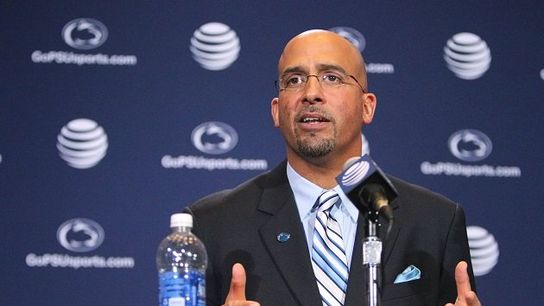Last week, Greg Sankey laid the groundwork for a near future where some schools play football and others do not.
“If that’s the template, there is room for different conferences to make different decisions,” Sankey said. “If there’s a couple of programs that aren’t able, does that stop everyone? I’m not sure it does, but the ability of us to stay connected will remain important.”
Penn State's James Franklin has joined the chorus.
"I can't imagine that right now we're all going to open at the same time," he told ESPN. "If the SEC, for example, opens up a month earlier than the Big Ten, and the Big Ten is able to open up and 12 of the 14 schools, if two schools can't open, I don't see a conference -- any conference -- penalizing 80% or 75% of the schools because 25% of them can't open."
This will be the minefield of all minefields for conference commissioners to navigate, and it's likely approaching here in eight weeks or so.
Tying even an entire conference together gives one rogue* politician or health director veto power over a whole conference. If Minnesota governor Tim Walz delays his state's universities re-opening until January, should that stop Ohio State from playing football? Should Maryland governor Larry Hogan shut down Nebraska's football season?
* We use the term rogue lightly. State politicians are trying to keep their citizens healthy, and inter-state sports decisions are not a responsibility they sought or asked for.
The question then becomes--What's the tipping point? In the Big Ten, if 12 schools want to play this fall and two don't, it seems likely as we sit here on May 7 that the Big Ten will play. What if it's 11 and 3? 10 and 4? 9 and 5?
A tipping point is in there somewhere, but it's likely a different number for different people, and no one can possibly know for sure until push meets shove.
As always, stay tuned to The Scoop for the latest.
